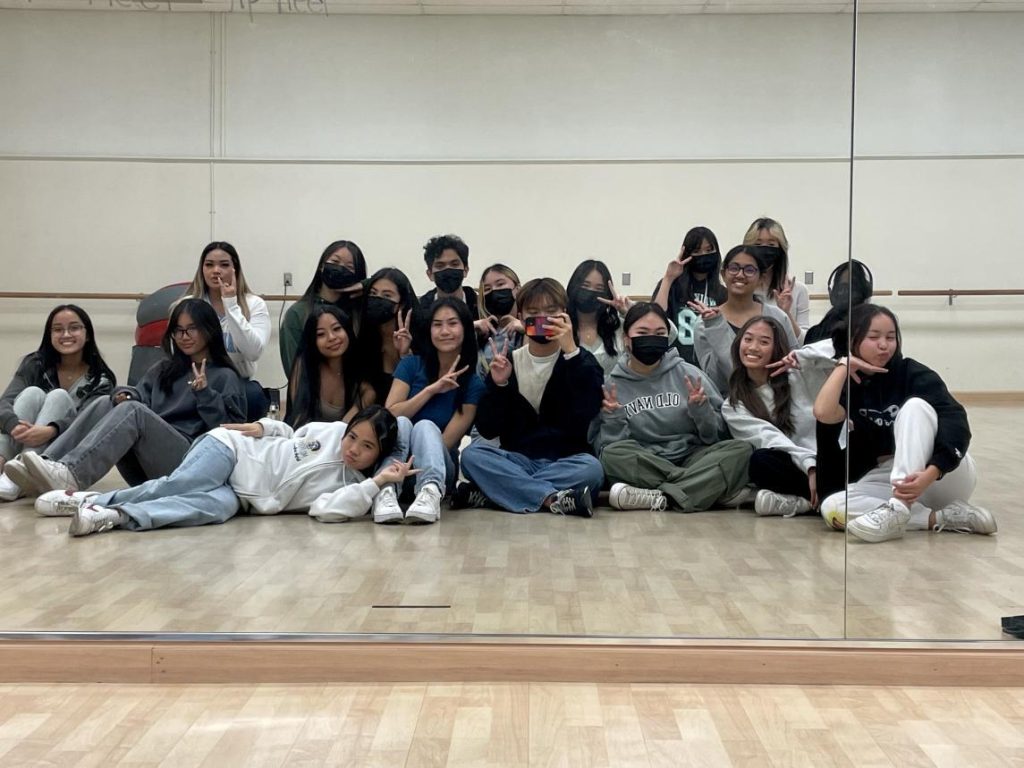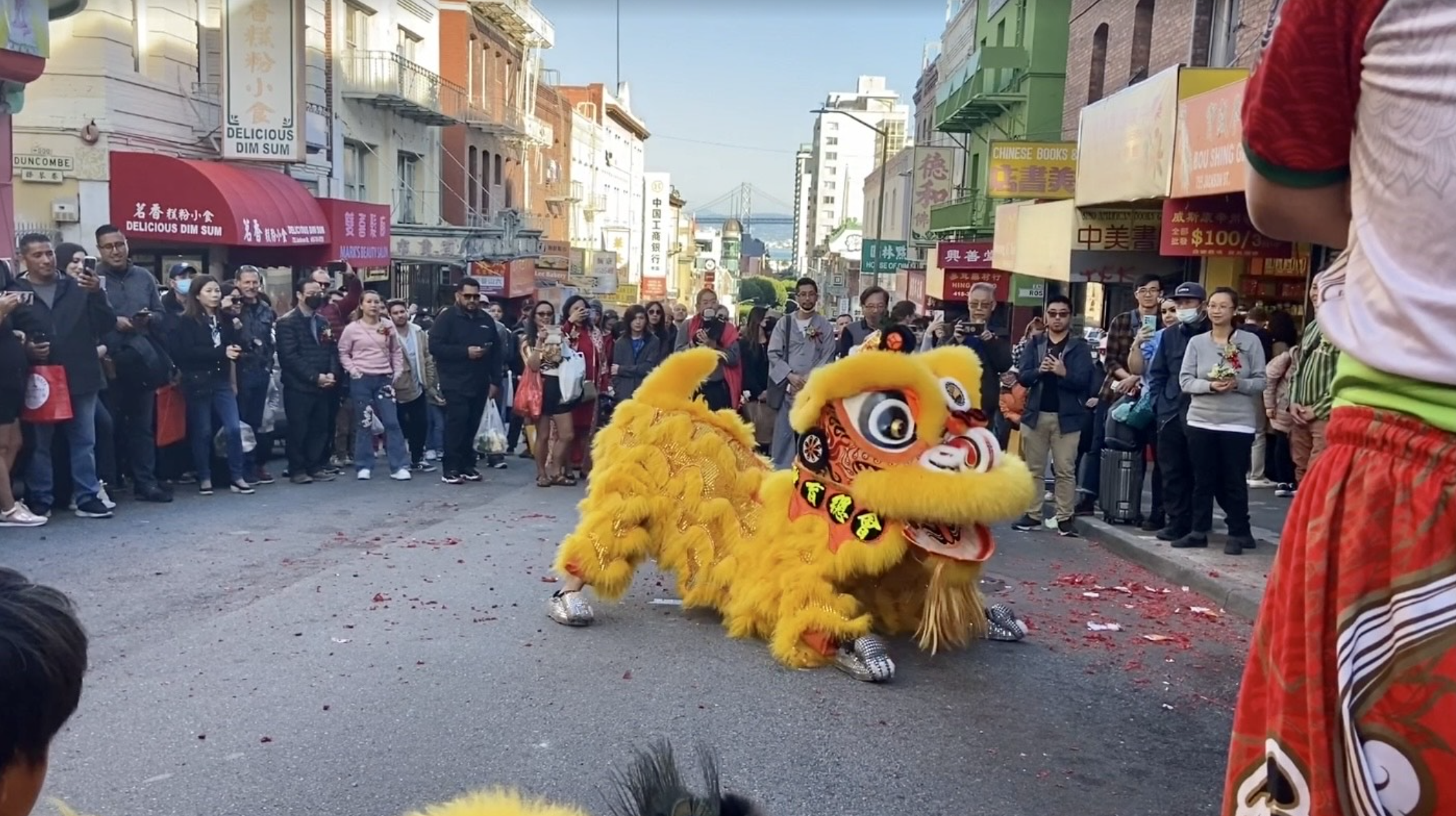Whether it be at performances during school events or just practices after school, it’s not uncommon to see students on dance teams around campus. Dance has existed as a form of expression across different cultures for centuries. It brings people together and offers different interpretations of music across the globe. At MHS, many students take part in the activity by joining one of the several dance teams on campus. These teams range from Korean Pop (K-Pop) dancing to traditional Chinese lion dancing to modern hip-hop. With so many styles and communities, there’s a dance team for everyone, no matter their background, skill, or interests.
An especially popular music genre today is K-Pop. According to the On One Studios article “From East to West: A Brief Guide to K-Pop Dance History,” K-Pop originated in the 1950s with distinct dance styles, but as the style became heavily influenced by Western music styles, the K-Pop routines of today have gained international popularity.
One of the teams at MHS is the Korean Dance Team (KDT), a student-led dance team formed in 2012, according to KDT president Alan Ngo.
“Our dance team is KDT,” Ngo said. “We usually cover K-Pop dances. We perform together and send out invites, and as for performers from MHS,” he said.
KDT currently has approximately 50 club members, and no prior knowledge is necessary to join, Ngo said. With weekly workshops for bonding and performances, KDT provides a comfortable environment for students to share their love of K-Pop, Ngo said.
“It’s a club to form unity because we all love K-Pop,” Ngo said. “We all love to dance, so we can share common interests with one another,” he said.
The traditional Chinese lion dance is another style that performs on campus. According to the New World Encyclopedia article “Lion Dance,” the style originated sometime before the Tang Dynasty (618 to 907), which took place from 618 to 907, from various folktales that centered around lions. Since lions were not native to China, the dance style was influenced by the movements of other animals, creating a unique result, the article said.
The MHS the Lion Dance Club is new, having started this school year, according to club founder and president Timothy Tran. The team focuses on the traditional style of dance which was not previously offered at MHS, Tran said.
“It’s a cultural dance, and it’s based off of Chinese Culture,” Tran said. “I was originally in a lion dance team, and I wanted to bring it to my school,” he said.
The Lion Dance Club is open to all students, with around 20 current members and two lion costumes, Tran said. At weekly practices, students can both dance in a lion costume and help with the musical composition, which includes drums, cymbals, and a gong, Tran added.
“Lion dancing is a pretty unpopular sport, especially in the United States,” Tran said. “I wanted to find a way to spread it, and the best way I thought I could do it is by starting a school club.”
A more recently developed style is American Hip-Hop. According to the BBC Arts article “The History of Hip-Hop Dance,” Hip-Hop began in the 1970s in New York City, but the genre later evolved as both East and West Coast styles merged to encompass a wide range of styles and dances that have culminated into today’s practice.
MHS is home to the Hip-Hop dance team Milpitas Misfits. Established in 2015, the team specializes in urban Hip-Hop dance styles with both pop and rap music, co-president Johnny Nguyen said.
“It was just a way to get people who love dance, especially hip-hop, to be able to come together and just have fun and dance together,” co-president Evy Nguyen said.
Milpitas Misfits has approximately 30 members and is open to all students with no experience required. The team has weekly practices for members and mainly performs at school events.
“I just want the members to have fun,” Johnny Nguyen said. “Don’t be discouraged if you can’t do the moves. That’s why we’re there, as a cabinet, to help you.”


